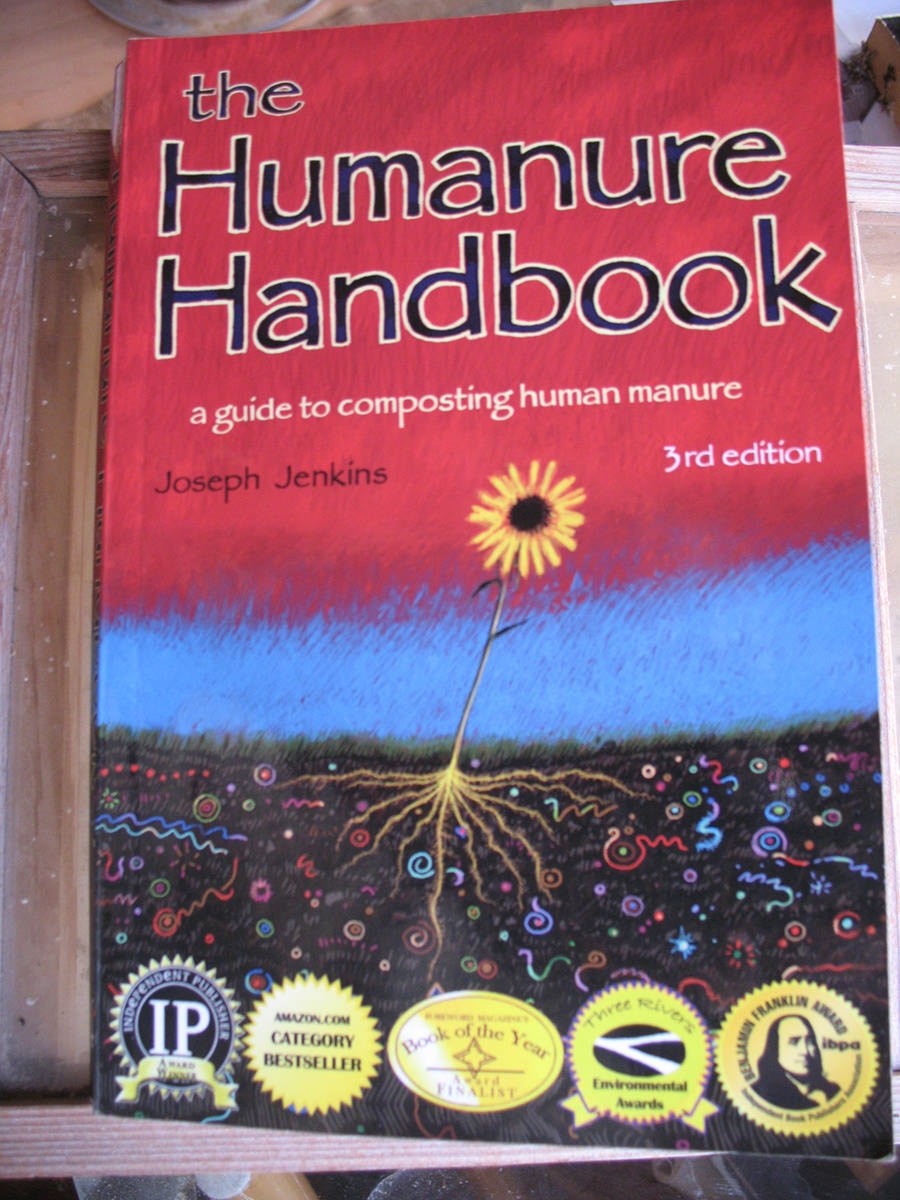By Mary and David Lowther
Can we spare a moment to appreciate the work of a generation of engineers who learned engineering during the Second World War and came home to use those skills to build the North American highway system?
Without this infrastructure the modern transport that delivers meat and produce to the grocery store could not function. Of all the accomplishments of the postwar years this may have had the greatest impact on the greatest number of consumers.
Some may argue, but it is safe to insist that the enormously increased access to a greater variety of meat and produce has increased the quality of life of the entire continent more than television, the power grid or even universal health care. We could live without television, without regular access to electricity (some of us do already) or a profit driven health care sector, but how long would we last if we had to grow our own food?
If this infrastructure ever failed, our lives might depend on our ability to feed ourselves, but it is reasonable to assume that we would also be cut off from access to fertilizers for our gardens, or costs might become so prohibitive that we couldn’t afford amendments. The wise gardener should know how to cope with such shortages in a less than perfect future.
Australians who were faced with this prospect used the only resource available — their own humanure. They grew crops in rows and buried their humanure in the paths between until the end of the year. Then they turned the garden rows into paths and dug up the previously manured paths into garden rows.
The Hunza people in the Himalayas have been extensively studied for their health and longevity but little has been written about the use of their humanure to grow their food. Composting researcher Sir Albert Howard writes: “Every kind of waste, vegetable, animal and human, is mixed and decayed together…and incorporated into the soil. The remarkable health of these people is one of the consequences of their agriculture.”
This method doesn’t require water, an added advantage that author Joe Jenkins lauds in his book The Humanure Handbook. He, his wife and children have been thriving on vegetables grown with their own composted humanure and vegetation for over 40 years.
Independent analysis of his compost revealed that it attained higher temperatures and remained this high longer than that required to kill off pathogens such as parasites, hepatitis, cholera and typhoid. Jenkins amalgamated all vegetable scraps and the family’s humanure into the compost heap, adding straw over each layer until the heap was full, then he let it sit for one year to allow beneficial bacteria to complete the job. Composting this way requires no electricity or petrochemicals and only enough water to wet the heap down.
Jenkins hasn’t waited until times are tough to use his family’s humanure as a resource because he wants to preserve our fresh water reserves and teach others to do this too. He says, “We’ve adopted the policy of defecating in our drinking water and then piping it off somewhere to let someone else deal with it. Our drinking water sources are dwindling and becoming increasingly contaminated. Humanure composting can remain a simple process, achievable by anyone. It does not need to be a complicated, high-tech, expensive process controlled and regulated by nervous people in white coats bending over a compost pile, shaking their heads and wringing their hands while making clucking noises.”
So when you see that honey wagon trundling off to unload, think about how resource rich we are. Those of us on septic systems may one day be as important to the economy as the oilmen with their black gold, although our riches may have more of an earthy pigment.
